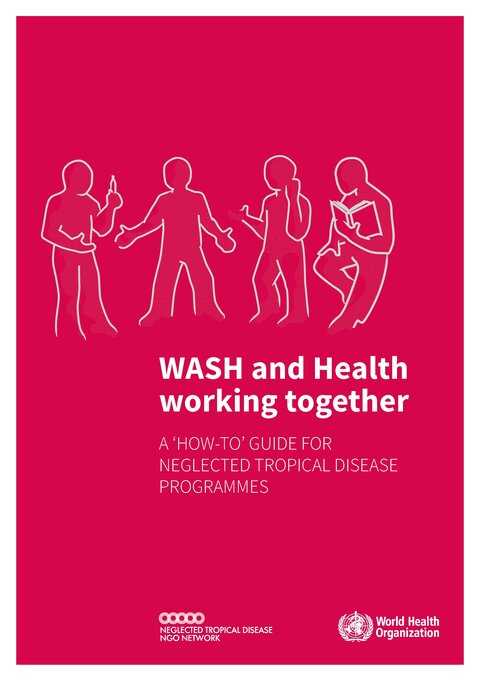Collaboration on water, sanitation and hygiene for disease control is possible – here is how
“We tried to involve the WASH sector but they’re not interested.”
“We need them more than they need us.”
“We have no funds to hold coordination meetings.”
Statements like these are common when discussing the need for neglected tropical disease (NTD) control programmes to work closely with agencies that provide water and sanitation services and are valid reasons that prevent essential coordinated action.
Intersectoral collaboration is a familiar challenge in all areas of development, and the challenge is often exacerbated in public health programmes. Decades of planning siloes and vertical funding have led to entrenched ways of working and lack of flexibility in planning and budgeting. This means that despite the knowledge that collaboration is “the right thing to do”, it is not so simple in practice. Experience shows that rather than occurring naturally, true intersectoral collaboration needs to be intentionally fostered, planned for and funded.
The rationale for collaboration between NTD programmes and water, sanitation and hygiene (WASH) agencies is clear. As described by WHO in its 2015 Global Strategy on WASH and NTDs, “A joint approach that addresses the causes of NTDs is likely to be more cost effective over the long term and more sustainable. It will also ensure that investments in WASH reach those most in need.”
But how can this rationale be implemented in practice, when professionals from each sector have separate budget lines, work in different buildings and are held accountable to very different objectives?
This question has led to a unique collaboration between WHO and the NTD NGO Network (NNN), a community of practice of NGOs working to achieve NTD control and elimination by providing practical tools for disease control programme managers to develop collaborative and comprehensive disease control efforts that are more likely to achieve sustainable health and development outcomes.
The WASH working group of the NNN, which I chair, has drawn extensively on the shared experience of its members to develop “WASH and health working together: a ‘how to’ guide for NTD programmes”, a step-by-step document, accompanied by 22 practical tools. It leads managers through setting the programme vision, identifying and engaging partners, understanding the programme context, leading intersectoral planning processes and carrying out implementation and monitoring. The tools are based on practical programme experience from several countries and rely on tested methods that tackle the root causes of lack of collaboration. Having used the tools in a few countries, I have found it very useful to have these go-to guides and resources to help get started with coordination conversations and planning in country.
We are very aware how challenging this coordination and collaboration can be so we are hoping this toolkit will provide clear and easy to follow steps from getting started to implementing programmes. We welcome you all to visit the toolkit website, download the tools and start using them! This is the first version of the toolkit, and we need your help in using and promoting it as well as gathering your feedback and experience using the toolkit to make it even more useful.
Leah Wohlgemuth
Chair, WASH WG NNN
Technical Adviser- WASH and Behaviour Change, Sightsavers
